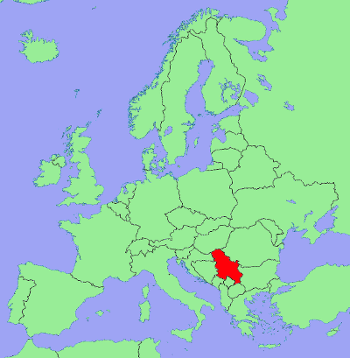
Circle the area on this map

A. Bosnia and Herzegovina was part of Austria-Hungary in 1914 when Archduke Franz Ferdinand, heir to the Austro-Hungarian throne, was assassinated by a member of a conspiracy linked to the Serbian military. Russia declared war on Austria-Hungary after it had declared war on Serbia, and the conflict eventually plunged much of the globe into war.
D. Both nations are primarily Slavic people who use Cyrillic alphabets and the predominant religion in both counties is Eastern Orthodox Christian.
C. Several areas of Yugoslavia declared independence in the 1990s and sparked the bloody Yugoslav wars. Fueled by ethnic and religious tensions, the most severe conflicts took place in Croatia and Bosnia, where ethnic Serb populations opposed independence from Yugoslavia. The conflict resulted in several civilian slaughters and episodes of “ethnic cleansing.”
B. The Balkan Peninsula is a 257,400-square-mile area of southeastern Europe inhabited by 13 different ethnic groups following different religions. Centuries of conflict in the area gave rise to the term Balkanization to describe the process of fragmentation of a region or state into smaller regions that are often hostile or non-cooperative with one another.